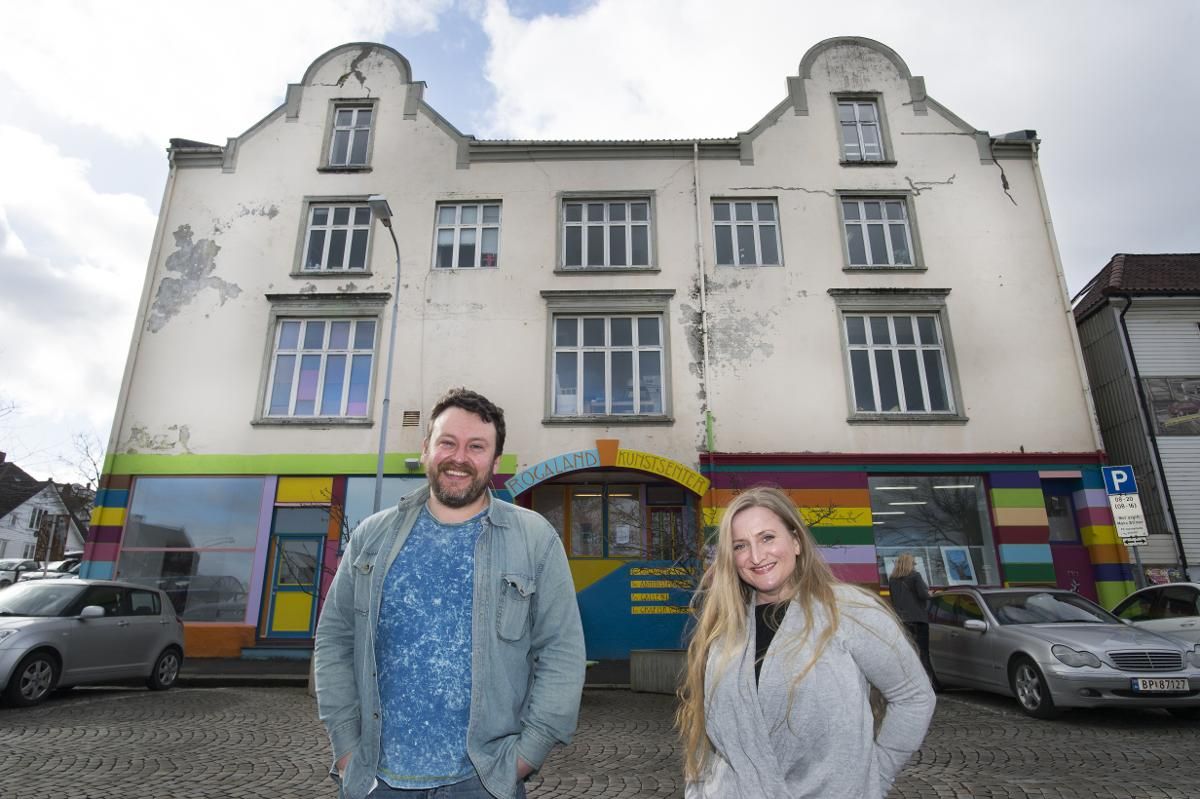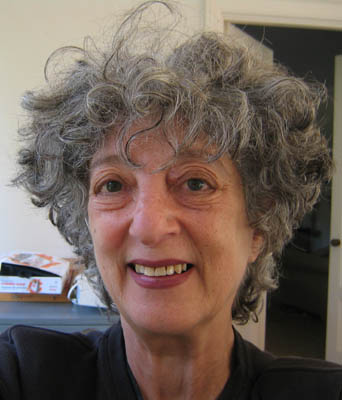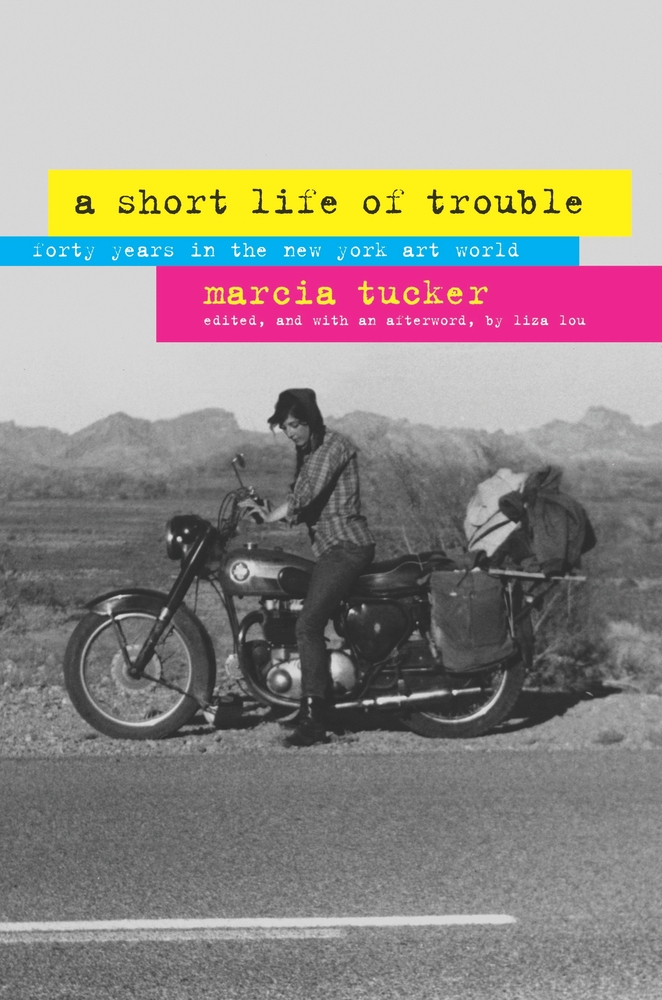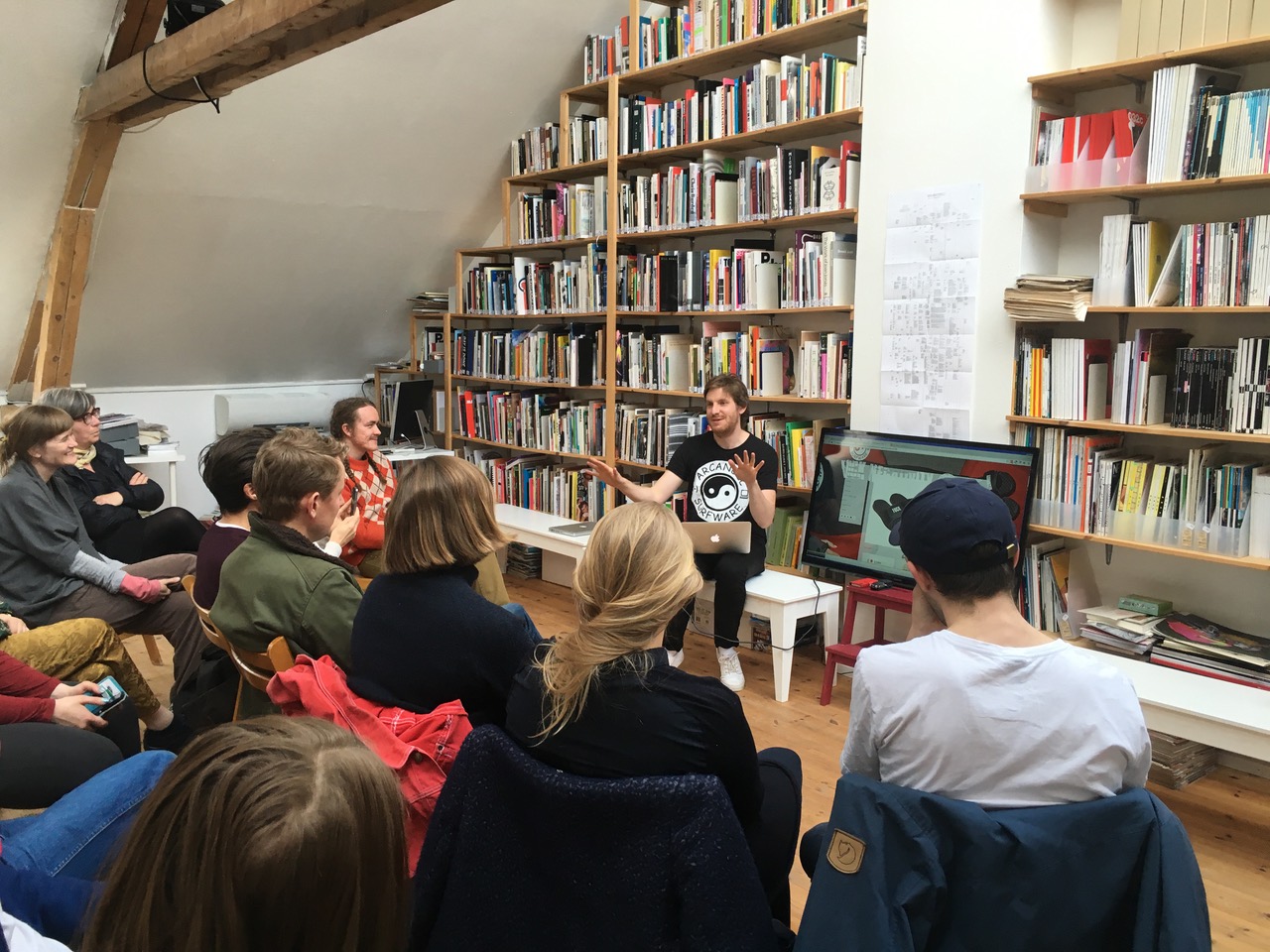Stroom Invest Interviews / Curator #2: Geir Haraldseth
Geir Haraldseth is the second curator in the Stroom Invest Week Interview Series. He is the director of Rogaland Kunstsenter and based in Stavanger, Norway. Haraldseth holds a BA in Fine Arts from Central Saint Martin’s College of Art and Design and an MA in Curatorial Studies from Bard College. He has curated exhibitions at the National Museum of Art, Design and Architecture in Oslo, Fotogalleriet in Oslo, Akershus Kunstsenter in Lillestrøm, Vox Populi in Philadelphia, Teatro de Arena in Sao Paulo, Landings Project Space in Vestfossen, Bastard in Oslo, and Torpedo in Oslo. Haraldseth has contributed to several journals and magazines including the Exhibitionist, Kunstkritikk, Acne Paper, and Landings Journal.

Can you tell us something about your activities in 2017?
In July 2017 we established an Independent Study Program at Rogaland Kunstsenter. This is a continuation of our experimental summer program, which has been taking place since 2014. The Kunstsenter is also launching a book at the New York Art Book Fair focusing on the collaborative projects we have done since 2013, which the summer program is part of. In November I am very excited to go to Bogota and launch Luringen, an exhibition I have curated with Stina Högkvist for the KUIR festival.
How did you become a curator?
I studied Fine Art at Central Saint Martins in London, but felt more at home working in the school library as an assistant, and running a contemporary art bookstore in Oslo. The bookstore featured events, pop-up exhibitions, and screenings, which was how I got into programming. I really admired the books we got from the Center for Curatorial Studies at Bard College and decided to apply for the Masters degree course in curating there.

Which artists have influenced your life or way of thinking? And how?
Cindy Sherman was very influential on my interest in contemporary art. I found her work in a book in 1994 when I was doing an Art & Design course. The images grabbed me and fed me on so many levels. Later I would delve into her biography and use that as a curatorial stepping-stone to approach how the artist, her life and her work relate. Or not.
Which artist/art would you recommend to somebody and why?
I am a big fan of the programming at Bridget Donahue’s gallery and Lia Gangitano’s Participant Inc. Both galleries are in New York, but offer alternatives in a city that is increasingly homogenic. Lynn Hershman Leeson and Martine Syms’ exhibitions at Donahue, a gallery that opened in 2015, provide perspectives on how technology impacts our lives. Participant Inc., which has been around since 2001, continues to put on the most exciting performance program. I recently saw M. Lamar there and sadly missed K8 Hardy and Raúl de Nieves’ performance.
What kind of role does art play in your life and work?
Art is my work, and I am very privileged to work with art and artists. It can however be a conundrum sometimes, because the art world is so large and encompasses many paradoxes. In Norway, art is supposed to be for everyone, as a social democratic tool supported by the state, but in the US, art is privileged and defined by the market, not the masses. Trying to define your own professional space also becomes a way of defining a life.
Which persons, in your profession, do you admire the most?
I had the privilege to attend Bard College when Marcia Tucker was still teaching there. She was the first female curator at the Whitney Museum of American Art and the founder of the New Museum. Her class at Bard was a very hands, heart, and brain on crash course to the art world. I strongly recommend her biography “A Short Life of Trouble, Forty Years in the New York Art World.” I would also buy the WWMTD (What Would Marcia Tucker Do) bumper sticker. If I had a car.


What is your idea of a good exposition or concept?
I like to experience and see things that I wouldn’t do myself, and that might be something very systematic and academic, or something insane. I prefer things that aren’t necessarily coherent, even though coherency has its charms, but exhibitions that blur lines. Those lines might be related to what the work of art is, where it is, how it is shown or how it intersects life, but there are so many unseen lines and conventions to cross, so blurring them tend to create exciting experiences.
What is your biggest professional achievement until now?
Being able to hold down a full time job as a curator? I was very happy working independently, teaching, and being a free agent, but I realized I wanted to establish a different type of platform for myself, my ideas, and my peers. I have been at the Kunstsenter for almost five years, and trying to piece together a program in a small city like Stavanger, that has value for the local artists, the city, the region, and the world has been quite nice. Working in Stavanger gives me the chance to rethink what an institution is and does. If I was working in a larger city, I do not think I would be allowed to experiment as much as and be so inclusive in our program and who we work with. For example, we are currently working with four different youth groups, something that developed organically and not as part of an attempt to court a specific segment. Now we help them with their programming and house their activities.


What do you consider as the greatest drive/passion in your work?
I like doing new things, and trying to blur some lines institutionally. If I can bring some of the tools I used as an independent curator in the institution, I think that is something that drives me. For example, the first exhibition I did at the Kunstsenter, which was formed by the professional artists and craft artists in the region in 1978, was to challenge the hierarchies within the local art scene. I did this by inviting anyone who wanted to exhibit at the Kunstsenter to send in one work. There was no jury to judge, so every work was accepted. 268 artists took part; amateurs and professionals; old and young, and it was a good way to start a discussion about what the divisions and parameters are for the art world in a small region relies on. These types of exhibitions were renamed project-exhibitions by staff, to differentiate from the ‘regular’ exhibitions.

What do you love most about your work?
I love the flexibility of working in a smaller institution, so we can go from one thing to the other in quick succession and work on a project in a very flexible way. We can whip out an experimental summer school program one minute and have a performance festival on an island the other!
As a curator: What is your biggest merit? And what is your biggest flaw?
I feel really good about creating the contemporary art library at the kunstsenter. It is my own collection of printed matter, but making it available to the public is something I am proud of. It is not a conventional exhibition project, but I hope it is, or will be, integral to a lot of artists’s life and work. As a curator you do not only make exhibitions, but you can facilitate conversations, provide opportunities and hopefully connect people. The library is also a meeting place as well as a resource center for knowledge about contemporary art and printed matter.
My biggest flaw is that I do too much, that too many projects are floating around. It is so hard to say no, but it is also hard to balance a life. I still need to sleep.

What's still on your curators' bucket list?
I want to figure our how to contribute to the art world in the best way possible. I think that involves thinking about where the art world should be in 10-15 years. This might be a huge project, or it might be tiny. Tucker created her own museum to address some of the shortcoming of the art world, and to define her own space, but I don’t necessarily think the world needs another museum. Maybe something completely different!
What kind of advise do you want to give a young (or beginning) artist?
I will go with something Tucker once told me, in a slightly different version: Go with your guts and do it. You need to do something in order to have something to think about.